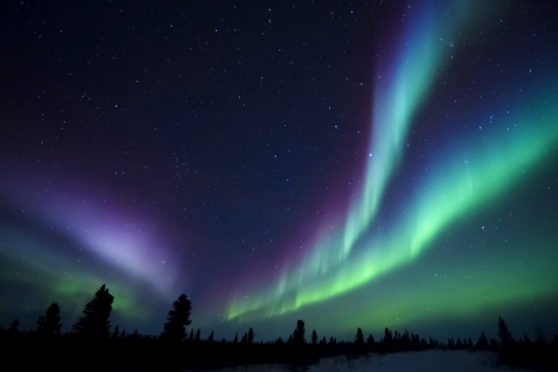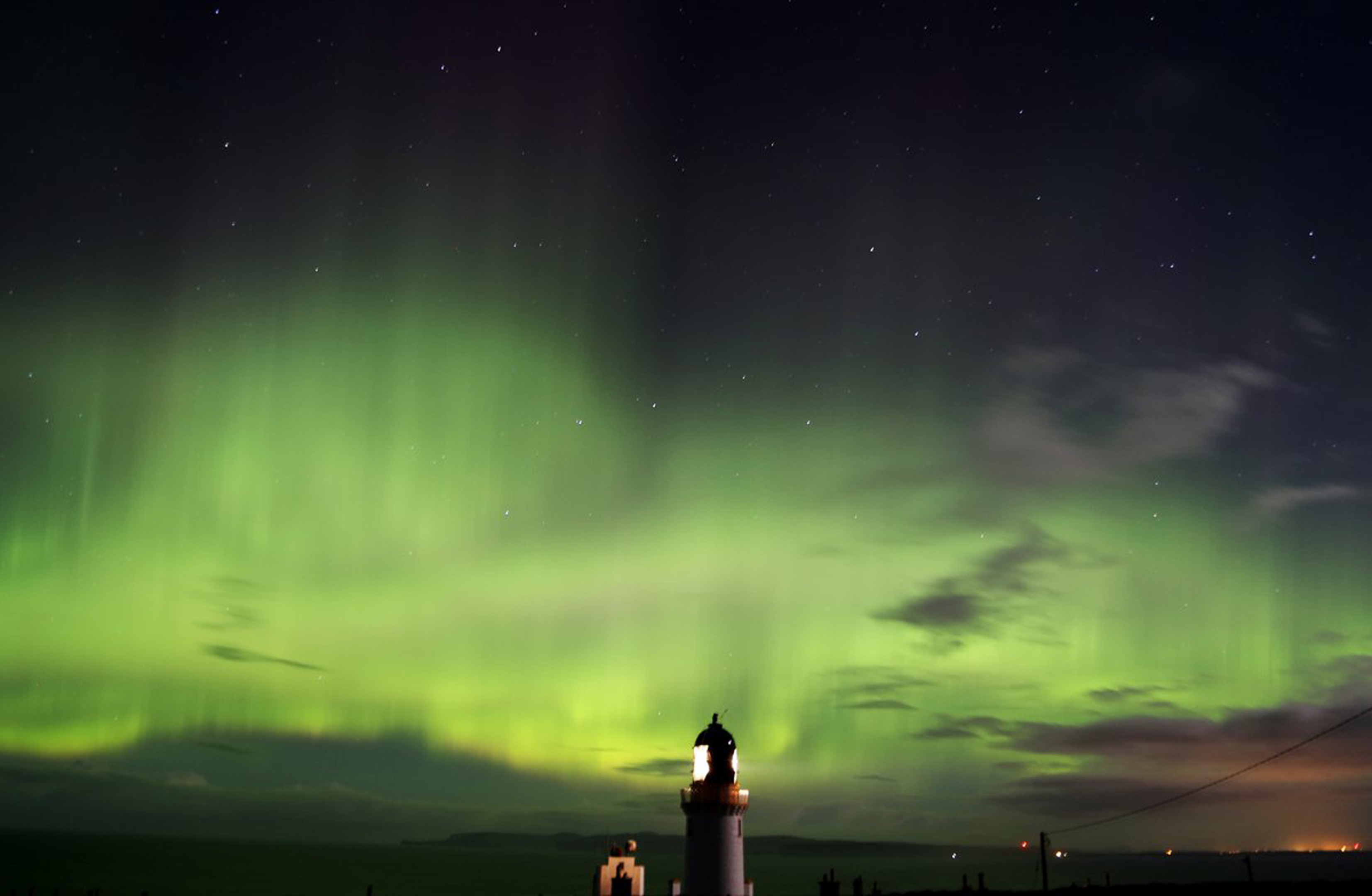
Think Northern Lights and a journey to the far north of the Arctic Circle might spring to mind.
But this weekend, the aurora borealis is predicted to show its stunning aray of lights across parts of Scotland.
According to the Met Office, a solar storm is heading to Earth which means the spectacular phenomenon could be seen as far south as Glasgow.
They say the best time to see the lights will be on Saturday from 9pm.
Currently, skies across the Central Belt are forecast to be cloudy on Saturday night, but there could be breaks long enough for the lights to be visible.
CME forecast to arrive late 23rd March following C5 flare from sunspot AR2736. Active-minor geomagnetic storm periods possible with low risk of moderate storms. As a result, aurora may be visible in Scotland where cloud breaks. Latest forecast available https://t.co/JL4kEFnjRa pic.twitter.com/kxTtoqolDc
— Met Office Space (@MetOfficeSpace) March 21, 2019
Further north, in the Scottish Highlands, or east, in Dundee and Aberdeen, the sky is predicted to be clearer and the lights more prominent.
The Northern Lights are created by disturbances in Earth’s magnetosphere caused by a flow of particles from the sun, and are usually concentrated around the Earth’s magnetic poles.
The southward shift of the lights on Saturday is caused by an ejection of plasma, known as a Coronal Mass Ejection (CME) from the Sun, which followed a solar flare on Wednesday.
Bonnie Diamond, meteorologist at the Met Office, said: “A Coronal Mass Ejection has happened and the effects of that are expected to arrive later tomorrow evening.
“This type of active geomagnetic storm means that there is the possibility of the aurora borealis, commonly known as the Northern Lights.
“Whether or not you will see the Northern Lights depends on where you are and what the weather is like. Scotland is where you’re most likely to see it.
“There’s a couple of showers on the west coast of Scotland on Saturday evening, and with those showers there will be a bit of cloud.
“However, the clearest skies are further east in Aberdeenshire, where there are plenty of clear skies. Further north, you’re pretty likely to see something.”

Enjoy the convenience of having The Sunday Post delivered as a digital ePaper straight to your smartphone, tablet or computer.
Subscribe for only £5.49 a month and enjoy all the benefits of the printed paper as a digital replica.
Subscribe